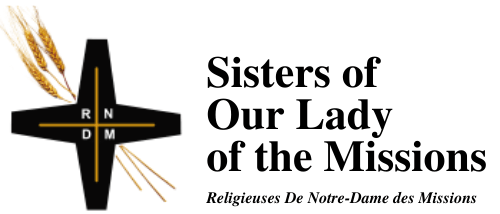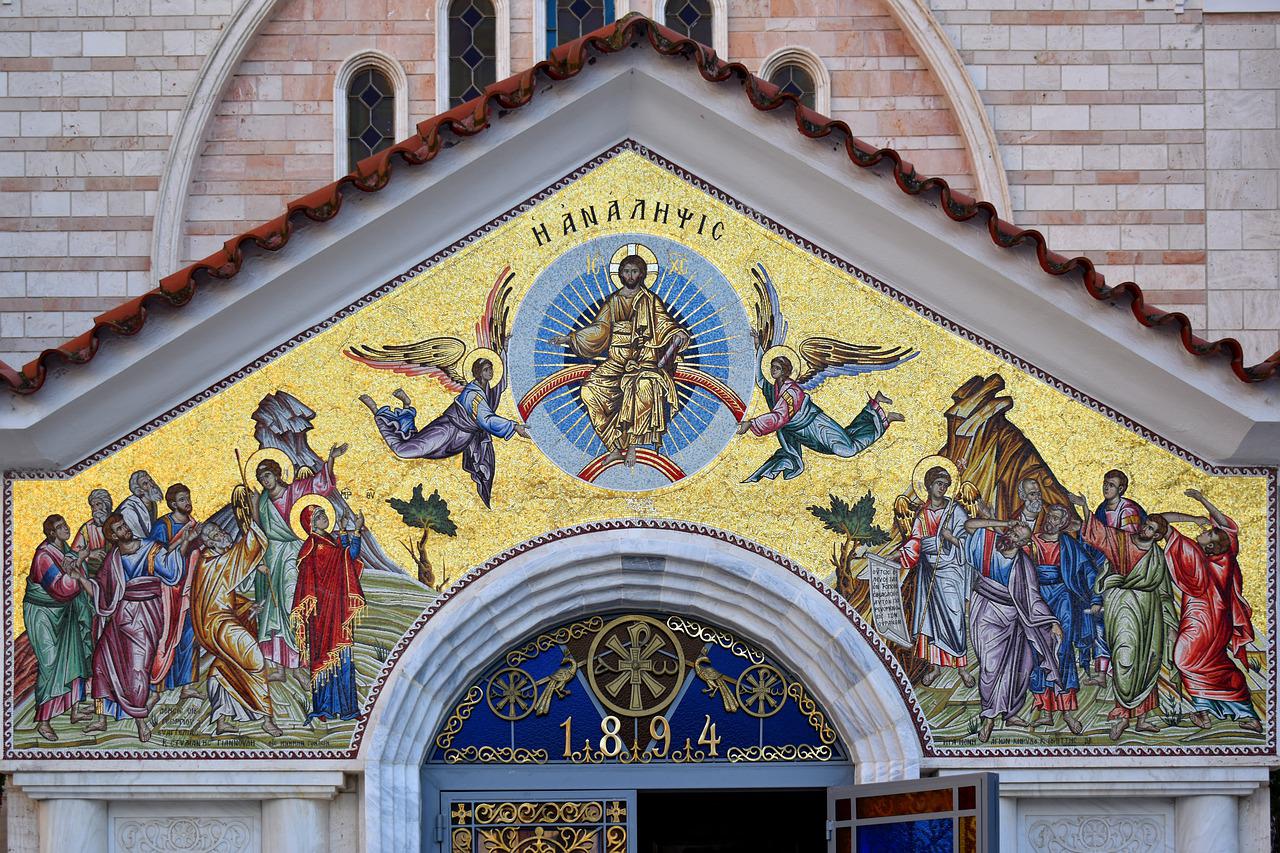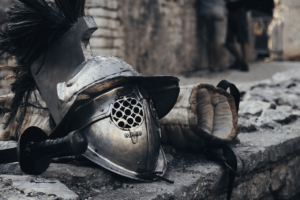Acts 1: 1-11; Psalm 47; Ephesians 1: 17-23 or Hebrews 9: 24-28, 10: 19-23; Luke 24: 44-53 (RM in Canada) or 46-53 (RM in the U.S.)
If your locality or your denomination marks the Seventh Sunday of Easter, your readings are Acts 7: 55-60 (RM) or Acts 16: 16-34 (RCL); Psalm 97; Revelation 22: 12-14, 16-17, 20 (RM) or 20-21 (RCL); John 17: 20-26.
So, what would happen to a human body, standing on the ground, that suddenly, all on its own, started to levitate? Really levitate … up and up, higher and higher, obscured and finally hidden by the clouds. Very thin air, for one thing.
The sequence of events related by Luke in two different accounts, Acts and the Gospel of Luke, include stories that defy belief – Jesus’ resurrection from the dead, to start with, his coming and going inside a locked room, his eating with his friends (how would a ghost eat?), his ascension in our text for this weekend (whether Thursday or Sunday), and next week, the coming of the Spirit. Probably the first thing an intelligent Christian wants to do is shift everything to a purely metaphorical level. Done and dusted. Or: it’s all a mystery. Stop overthinking.
But Luke lays emphasis precisely on the fleshly nature of Jesus after his death. There are reasons for this that lie far back in Jewish religious tradition. And there are corresponding implications for us today, one not so positive and several refreshingly positive, healing and life-giving.
Remember the story in the book of Ezekiel about the dry bones coming together? The bones were those who had perished in a cruel war followed by atrocities on the corpses. There is a similar account in the story of the Maccabees, the only reference to bodily resurrection in the Hebrew Bible. This belief arose out of deep, shared trauma, and represented the hope that the righteous ones who had suffered and been put to death, would rise again to justice. It’s not the same as the later idea of the immortality of the soul, and it’s collective, not individual in nature.
One of the ways that Luke shapes his stories to reinforce the idea that Jesus rose from the dead bodily (and not just as a phantom), is to give special privilege and authority to “those who ate and drank with him after he rose.” Eventually this circle of experientially-credible chosen witnesses shrunk to only the twelve apostles (a point that Luke depicts Paul as conceding.) The incorruptible flesh of the risen Christ now marks a barrier between the authoritative leaders and the rest. It’s an early church hierarchy, not in theory but inscribed in the flesh. Hmmmph.
But we can do much better things with the resurrection of Jesus and all its attendant consequences. Contemporary ecofeminist theologians have argued that, in his resurrection, Christ lives on in bodily unity with all creation, all creatures, throughout the ages. Resurrection embodies, so to speak, the redemption of the cosmos and all it encompasses. This is not all that new. St. Ambrose wrote in the fourth century that in Christ’s resurrection the earth itself arose.
The other layer of meaning takes us directly to your daily news feed. Who are the innocent who are slaughtered today? How much longer will this go on? And how long can we keep believing that a God of justice, a God who is love, would never allow schoolchildren, or just ordinary people about the business of living their lives, to be viciously attacked and murdered?
Let’s ponder the words of Shelly Matthews’ eerily prescient 2013 homily at Brite Divinity School in Texas:
“The resurrection of the flesh is not an answer to the question, ‘Do you and I get to live forever?’ … The proclamation of the resurrection of the flesh pertained, rather, to the restoration of those whose lives were cut short in violent circumstances. It is an outrageous hope, against all evidence to the contrary, concerning the crucified, the tortured, the disappeared, and by extension those whose lives have been snatched away in mass exterminations, drone strikes, cluster bombs, gang rapes, domestic assaults, hate crimes, judicial and extrajudicial killings; a hope that these brutal deaths will be answered in the divine reckoning with restoration and healing.”*
Let it be so.
© Susan K. Roll
*In Barbara E. Reid, O.P., and Shelly Matthews, Luke 10-24, Wisdom Commentary series, Liturgical Press, 2021.
Susan Roll retired from the Faculty of Theology at Saint Paul University, Ottawa, in 2018, where she served as Director of the Sophia Research Centre. Her research and publications are centred in the fields of liturgy, sacraments, and feminist theology. She holds a Ph.D. from the Catholic University of Leuven (Louvain), Belgium, and has been involved with international academic societies in liturgy and theology, as well as university chaplaincy, Indigenous ministry and church reform projects.





I was particularly struck that the vision of the “dry bones” arose out of “deep, shared trauma, and represented the hope that the righteous ones who had suffered and been put to death, would rise again to justice.” In the aftermath of the Buffalo and Uvalde shootings, this takes on a particular resonance.
I find that your reflections, Susan, so often resonate with my deep and sometimes disturbing questions. “The proclamation of the resurrection of the flesh pertained, rather, to the restoration of those whose lives were cut short in violent circumstances.”(Shelly Matthews)
This is the outrageous hope of the Gospel and the mystery of the cross. I can only gaze upon such a mystery and hope to be transformed…and I need faith to be that real because sometimes the brutality is just too much.